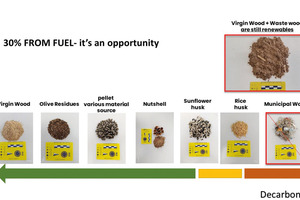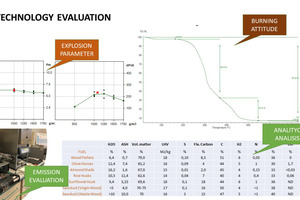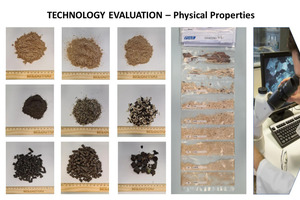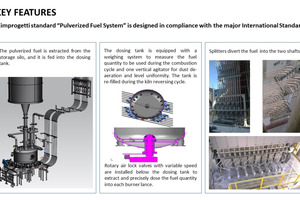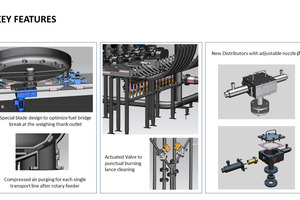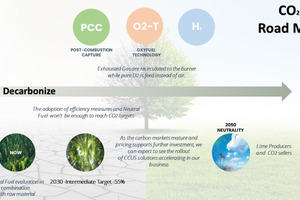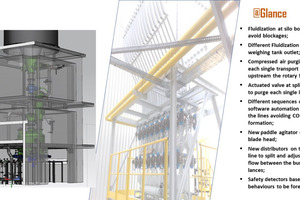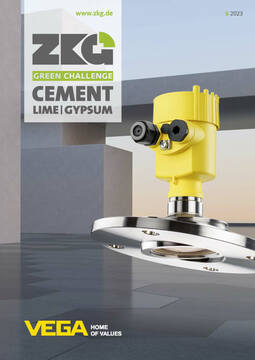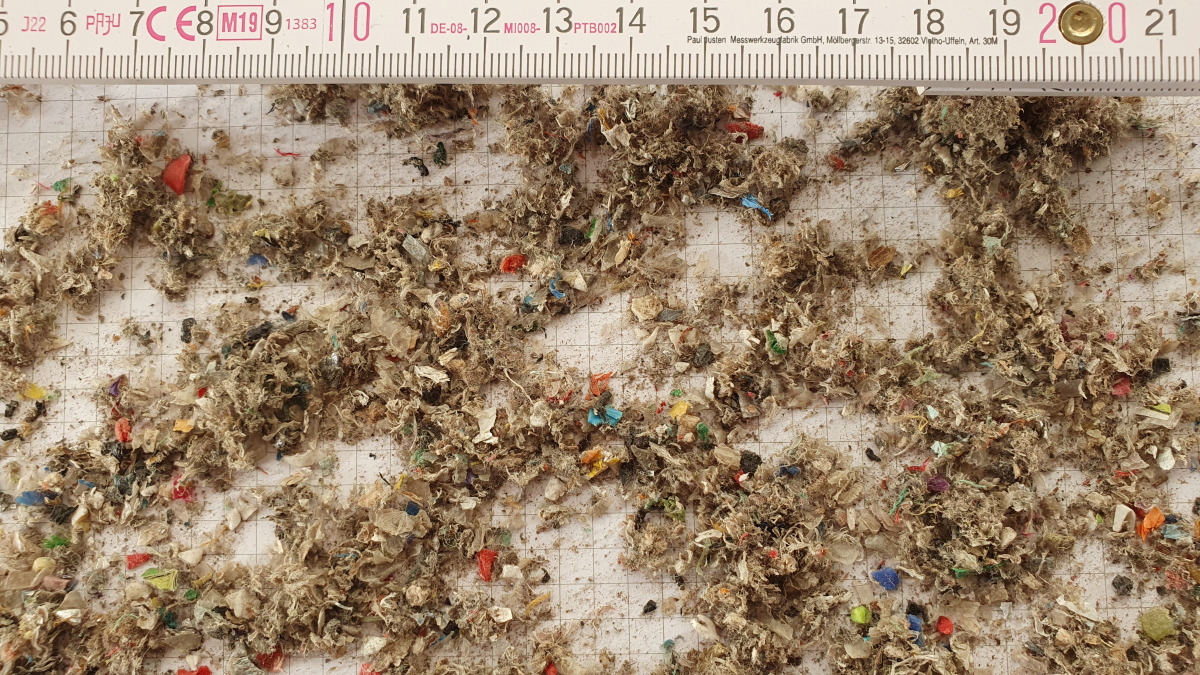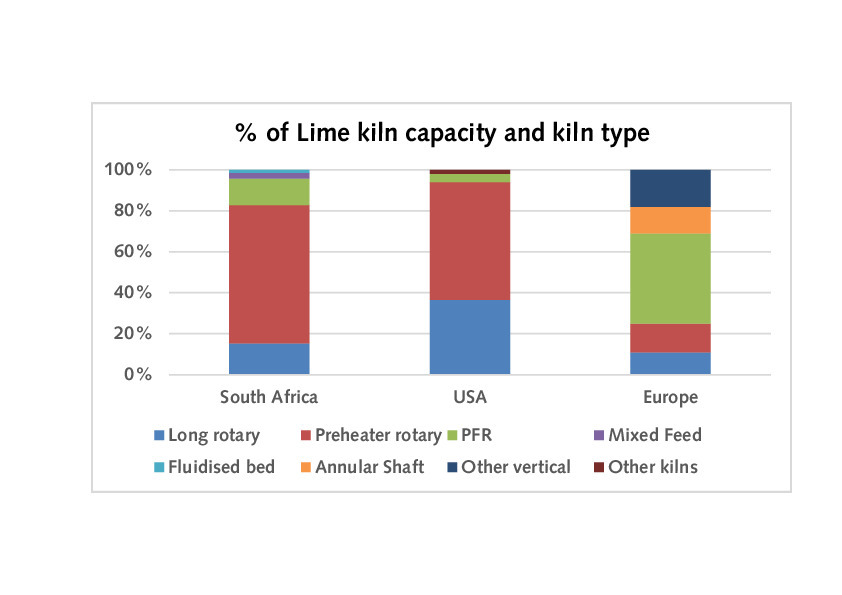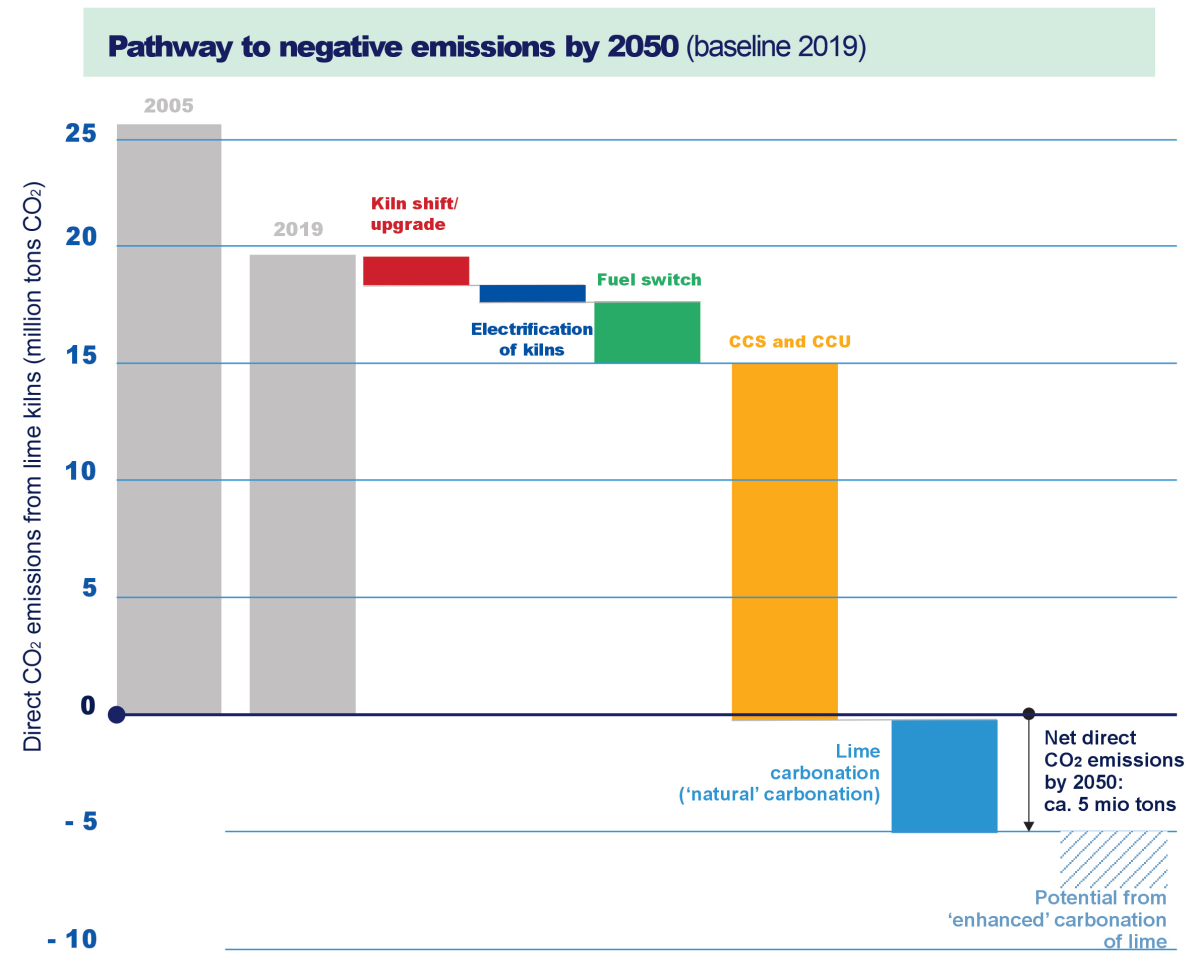Characterizing energy feed for the lime industry
Recent technological advances, new consumer demands, and environmental consciousness lead many industries to better application of available global resources for environmental sustainability. There are many traditional global resources available to meet the growing energy demand but still the economy is tied to petroleum reserves which is currently the most globally consumed. The International Energy Agency affirm that for generating electrical power on a global basis, coal (38.4%) still represents the main feed followed by hydroelectric (18.4%), nuclear (17.7%), natural gas (14.8%), oil (9.3%), and wood/refuse/renewable, which still represent the last selection (1.4%). Many opportunities can be seized by focusing on the efficient use of resources that drive the entire lime market towards sustainability, therefore the use of innovative industrial technologies is ever more essential in industry.
In recent years the use of renewable feed such as biomass and bioenergy has been widely adopted worldwide to produce biofuels, biogas, biocatalyst, bio-composites, bioplastics, green chemical products, cellulose textiles, and the lime industry is becoming an important consumer of various biomass feed since this is abundantly available worldwide as a cheap and extremely important renewable energy source.
Biomass is a “carbon neutral” type of fuel that adapts to multiple process conditions, since it is not a traditional feed it must be thoroughly prepared, physically, and chemically characterized before being fired in a lime kiln. Cimprogetti has carried out internal technological laboratory tests to evaluate either the behavior of the calcination and the possible effects on atmospheric emissions.
Use of carbon neutral fuel allows “partial”
decarbonization
Replace fossil fuels with renewable fuels
to reduce operating costs
Diversify energy sources, hence the energy
suppliers ensuring flexibility and resilience
to the energy system
Align the interface between waste, product,
and chemicals to trusted feed as fuel
Lime industry prospective
Lime industries are indispensable for society, lime production represents industrial added value, therefore the lime industry is currently sensitive in new technologies related mainly to digitization, fuel and energy saving including better control of raw material, which should closely reach the ambition target on reducing greenhouse gas emissions to at least 55% considering the 1990 values.
Furthermore to become climate neutral by 2050 the lime industry should act with responsibility because several options are under evaluation and choosing a shorter route economically feasible is not an easy strategical selection, but it will be a real opportunity to converge towards a clean and resilient energy system with a long-term perspective. Using renewable fuels such as biomass-derived fuels instead of fossil fuel is the first step on “the new route” to mitigating increases in atmospheric CO2.
Renewable fuel
Renewables are forms of energy that respect the resources coming from the natural world. They do not pollute and do not run out, since they can regenerate at the end of the cycle.
Using renewable feed requires a wide range of knowledge about how to use it in our process and how it is impacting the quality for the multiple uses and purpose of quicklime and hydrated lime.
Biomass represents one of the selected renewable fuels, ranking it is not simple because it includes a wide spectrum of sources including all kinds of materials that were directly or indirectly derived from photosynthesis reactions such as vegetal matter and its derivates: wood fuel, wood derived-fuels, fuel crops and agricultural.
The process of biomass combustion involves several physical and chemical aspects of a certain complexity that during calcination in the regenerative kiln must be taken seriously into evaluation.
Sawdust fuel
In general, there are many industrial sources of sawdust, and the stream of such material should be controlled according to specific standards and methods, to predict the effect on calcination. With the use of biomass, it is therefore possible to reduce the CO2 from the fuel used for every kg of CaO produced. Naturally, it is not possible to reduce the carbon dioxide caused by the chemical reaction of dissociation of limestone into CO2 and CaO.
The level of carbon dioxide emitted per kilogram of calcium oxide produced is calculated by adding the amount of CO2 produced by the calcination process to the amount of CO2 produced by fuel combustion, as shown in Table 2.
Using renewable energy from wood biomass (sawdust), the amount of CO2 emitted into the environment is considered, according to the Kyoto Protocol, to be equal to zero because CO2 emissions during the burning of the sawdust is considered equal to the amount of CO2 absorbed by trees during their growth (due to chlorophyllous photosynthesis).
If, for the sake of convention, it is accepted that CO2 emissions arising from the use of biomass are equal to zero, the global reduction will be around -30%.
Fuel feed characterization
Suitable fuel & technical criteria must be defined for renewable feed or in general for alternative fuels and be considered to the pertaining process conditions. These criteria include chemical and mechanical proprieties such as:
Portions of non-combustible and combustible components
Portions of impurities and organic constituents
Elements and trace of minor elements which may affect the burnability and the pollutants emission
Moisture content which is becoming relevant for evaluating the energy demand
Fixed carbon content
Burnability
Volatile, which are also affecting safety assessments for plant configuration
Physical proprieties such as particle size distribution, bulk density
Cimprogetti technological solution
CIM-Firesolid is the solution implemented by Cimprogetti able to feed and dose various fuel to lime kilns.
This new system was designed by taking into consideration the following significant aspects:
Modularity as it must be inserted in existing systems since most of the project are in operational plant
Flexibility in being able to use different fuels since the energy resources are rapidly changing
Safety since most of the renewable fuel is characterized as “explosive powders”
Functionality on regenerative lime kiln
During the kiln “inversion” period a dome valve extracts the fuel dust from the silo and conveys it to the “loss-in-weight feeder”. A butterfly valve maintains the feeder pressurized while the fuel dust is being dosed and conveyed to the kiln. All the piping connected to the “loss-in-weight feeder” are interrupted by expansion bends to allow proper weighing. During the “loss-in-weight” tank filling time a venting system with bunker type bag filters allows the air relief opening two pneumatically operated valves. These valves are closed while the tank is pressurized, and the fuel dust is being dosed and transported to the kiln lances. A rotating paddle wheel placed inside the feeder ensures that the fuel dust is constantly and uniformly discharged into all rotary valves.
These variable speed rotary valves perform the dosing of the fuel dust which, in the whole combustion cycle, is uniformly fed to the kiln by means of a pneumatic transport system. Each rotary valve feeds two or four burning lances depending on the plant configuration. The fuel flow in each single line can be adjusted by changing the valve rotation speed by a frequency converter, whilst the whole dosing system throughput is regulated by changing all the motor speeds contemporarily.
Conclusion
Cimprogetti has been a complete full solution provider for the “Lime industry” since 1967. Based on interaction with different industrial players around the world, the company is tracing the “challenging” road to reach neutrality in 2050.
The reduction of CO2 emissions from lime production will be a long journey, as the industry is defined as “hard to abate”.
As already mentioned, one third of the emissions of the lime production process comes from fuel. Thus, by switching fuels to renewable sources such as biomass would be an option in a short-term vision, to mitigate the total fuel contribution on CO2 emission.
Energy efficiency measures would also provide some further emission reduction:
Using vertical lime kilns to replace the more energy intensive rotary kilns, although this would be capital expensive
Alternative sources of “green” energy must be taken in consideration such as “green” hydrogen, which is a clean-burning molecule that could become a zero-carbon substitute for fossil fuels in hard-to-abate sectors of the economy. The cost of producing hydrogen from renewable sources is primed to fall, but demand needs to be created to drive down costs, and a wide range of delivery infrastructures need to be built
Replace root blowers with new technology blowers to minimize the electrical energy in terms of kWh/t lime
Oxygen enrichment with the aim to concentrate carbon dioxide in the flue gas for utilization and storage
For the remaining two-thirds of the emissions, CCUS technologies are indispensable in a close-to-zero emissions scenario, the lime industry has many options and choosing a shorter route is not an easy selection still the research seems to be not mature enough for a large industry scale.
Finally, we need to find an application to allocate CO2 production that will be another disruptive challenge for the “hard to abate” industry.

